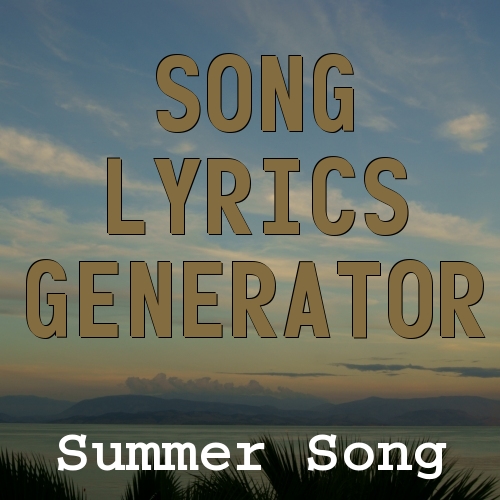
Section 2 discusses transfer learning, Transformer model, GPT-2, StanfordNLP and provides a literature review of text style transfer. The remainder of the paper is organized as follows. The transformations are considered as a whole. In contrast with previous studies that fail to fully transfer textual style, the proposed style transfer approach not only shifts at the vocabulary, phrase, or syntax level but also transforms the musical style. We constructed a lyrics style transfer generation model constructed based on GPT-2 to produce original, thematic, and matched lyrics. This study composes a lyrics database to facilitate lyrics style transfer research. The main contributions of this paper can be summarized as follows. This study proposes an unsupervised technique based on learning different style characteristics and automatically transferring the lyric text style. Then the rock lyrics dataset is trained for model migration and the lyric text is modified using a post-processing module to ensure that every line and word in the lyrics matches the audio. For example, suppose the original lyrics have a “pop” style and the goal is to generate lyrics with a “rock” style. Two post-processing modules were created: a dependency parser to analyze dependencies in each sentence and a rhyme modification to modify sentence endings. This study also considers the original lyrical structure and rhythm. Stylized output is generated from the original lyrics and target style, so we only need to train a decoder to form the different lyric style outputs. This paper proposes a pretrained transformer-2 (GPT-2) based framework for text style transfer. The method is flexible and capable of different types of style transformations, as evidenced by its success with natural language generation.

Previous studies of textual style conversion used general textual content as input, e.g. newspapers and magazines, with few studies considering lyric texts.

Previous approaches used a more general model for textual style transfer without using novel model concepts.


The following problems were identified regarding current research. However, each method has drawbacks: the former tends to change only the style and fails to preserve the content, as it is difficult to obtain style-independent content vectors without parallel data whereas the latter usually ignores sentiment, which can distort the meaning of the original text. Second, specific style attribute words are removed from the input, and a neutral sequence containing only content words is then fed back to the style-dependent generation model. First, separate content from the original style, then blend the content with the applied style. Most unsupervised text style transfer methods can be divided into two parts. Current textual style transfer methods require a large parallel corpus for style transfer, and collecting parallel annotations is time-consuming and costly. Thus, it facilitates many natural language processing (NLP) applications, such as natural language generation (NLG) , machine translation , and other natural language interfaces. Specifically, style transfer on text is an important part of natural language generation and paraphrasing, i.e., expressing the same idea or presenting the information in another way . Style transfer is an important research topic in deep learning and has yielded significant results in many subfields of artificial intelligence, such as computer vision, image processing, and natural language processing.


 0 kommentar(er)
0 kommentar(er)
